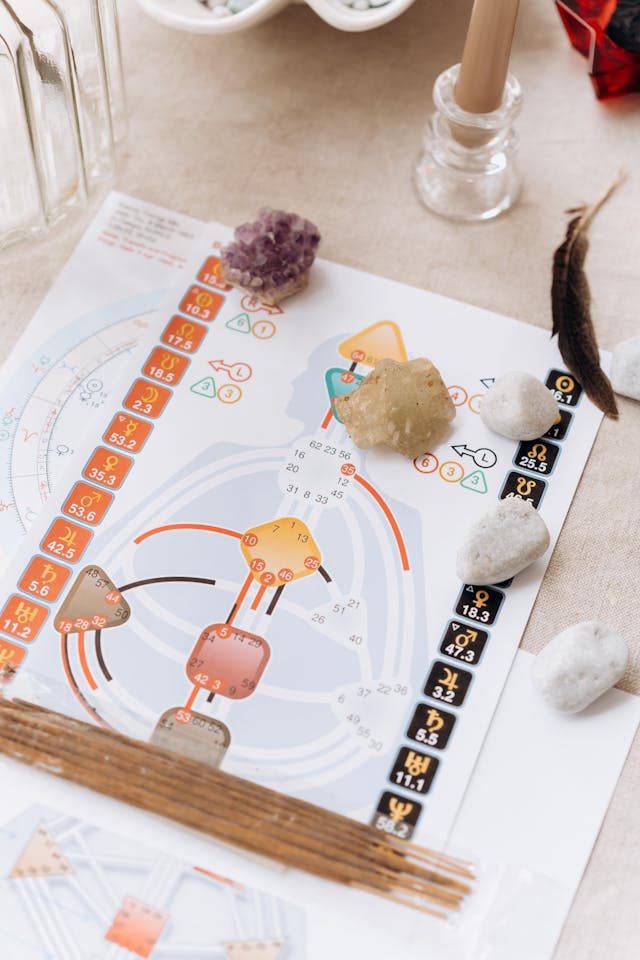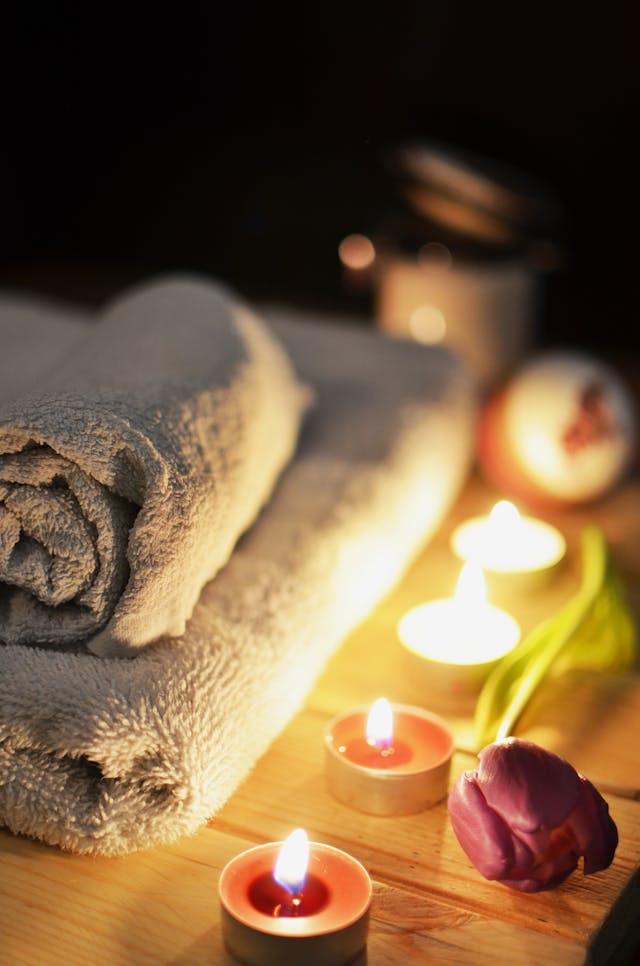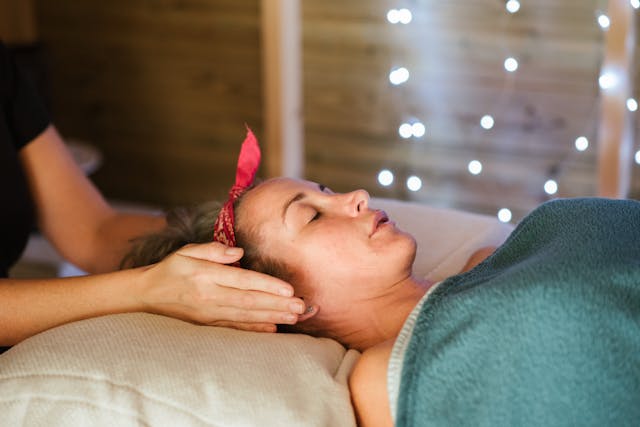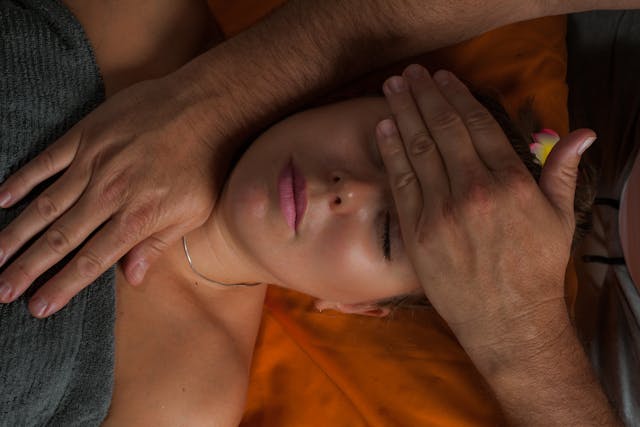Reiki, a form of complementary therapy, centers around energy transfer to promote healing and wellness. Originating from Japan in the early 20th century, Reiki was developed by Mikao Usui, who combined his understanding of ancient healing practices with his spiritual insights. Usui’s method involves the channeling of universal life energy through the practitioner’s hands to the patient, aiming to balance the body’s energy flow and facilitate healing on physical, emotional, and spiritual levels.
The process of Reiki involves the practitioner placing their hands lightly on or just above the patient’s body in a series of positions. These positions correspond to major chakras and energy pathways. It is believed that by doing so, the practitioner can channel positive energy into the patient, helping to clear energy blockages and stimulate the body’s natural healing processes. Patients often report a sense of warmth or tingling in the treated areas, along with deep relaxation and a feeling of peace. Reiki and chakras are intrinsically connected in the practice of energy healing. In Reiki, it is believed that life force energy (ki) flows through all living things and can be harnessed to promote physical, emotional, and spiritual healing. Chakras, which are considered energy centers within the body, play a crucial role in this process.

The theory behind Reiki is based on the idea that life force energy flows through us, and when this energy is low or blocked, we are more likely to feel stress or get sick. Conversely, when our life force energy is high and flowing freely, we are more capable of being happy and healthy. Reiki practitioners believe that this energy can be harnessed and directed to aid in healing a variety of ailments, from physical pain to emotional distress.
Despite its widespread popularity and anecdotal success stories, the scientific evidence supporting Reiki is still a subject of debate. Some studies suggest that Reiki can have a positive impact on stress reduction and overall well-being. For instance, a study published in the Journal of Alternative and Complementary Medicine found that Reiki can help reduce anxiety and improve mood in patients. Another study in the Journal of Evidence-Based Complementary & Alternative Medicine reported that Reiki could decrease pain and improve the quality of life in patients with chronic conditions. However, many in the scientific community argue that more rigorous, controlled studies are needed to definitively prove Reiki’s effectiveness beyond the placebo effect. I feel if a Reiki session provides a sense of relaxation, reduced stress, and overall well-being, then it is valuable for those benefits alone. The subjective feeling of improved well-being is a legitimate reason to engage in the practice.

Reiki’s history is rich with tradition and practice. After its creation by Mikao Usui, Reiki was passed down to several of his students, who continued to spread the practice. One notable figure in Reiki’s history is Chujiro Hayashi, a retired naval officer who helped formalize Usui’s teachings into a system that could be easily taught and practiced. Hayashi trained Hawayo Takata, who played a crucial role in bringing Reiki to the Western world, particularly to the United States. Her teachings laid the foundation for the global spread of Reiki, which is now practiced worldwide.
A Reiki session typically leaves individuals feeling deeply relaxed and rejuvenated. Many report a sense of emotional clarity, reduced stress, and a feeling of being more centered. The number of sessions needed can vary depending on the individual’s condition and goals. Some may experience significant benefits after just one session, while others may require multiple sessions to achieve their desired outcomes.

Reiki is a practice open to everyone. It is gentle and non-invasive, making it suitable for people of all ages, including children and the elderly. It can be used alongside conventional medical treatments and other complementary therapies, often enhancing their effectiveness by promoting overall well-being.
Reiki offers a unique approach to healing that focuses on balancing the body’s energy. While scientific validation is still ongoing, the positive experiences of countless individuals highlight its potential benefits. Whether you are seeking relief from physical pain, or emotional stress, or simply looking to improve your overall wellness, Reiki presents a promising option worth exploring. As our understanding of energy and holistic healing continues to grow, its role in promoting health and harmony may become even more significant.
Learn more about Chakras by clicking on the link below:
Love Life x
References:
- Vitale, A. (2007). An integrative review of Reiki touch therapy research. Holistic Nursing Practice, 21(4), 167-179.
- Baldwin, A. L., Wagers, C., & Schwartz, G. E. (2008). Reiki improves heart rate homeostasis in laboratory rats. The Journal of Alternative and Complementary Medicine, 14(4), 417-422.
- Bowden, D., Goddard, L., & Gruzelier, J. (2010). A randomized controlled single-blind trial of the efficacy of Reiki at benefitting mood and well-being. Evidence-Based Complementary and Alternative Medicine, 7(2), 189-197.
- Thrane, S., & Cohen, S. M. (2014). Effect of Reiki therapy on pain and anxiety in adults: an in-depth literature review of randomized trials with effect size calculations. Pain Management Nursing, 15(4), 897-908.

